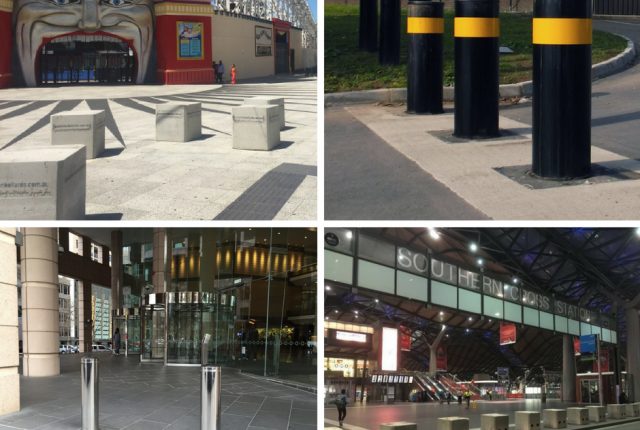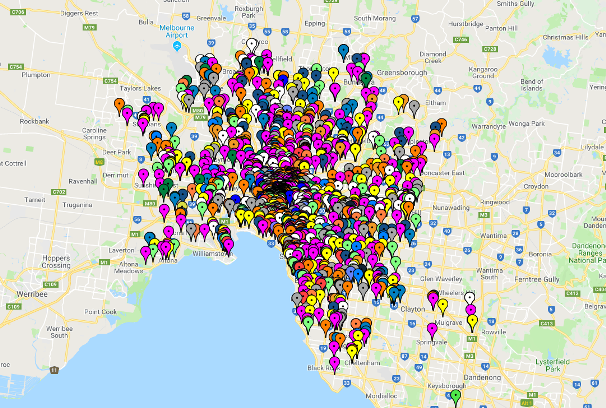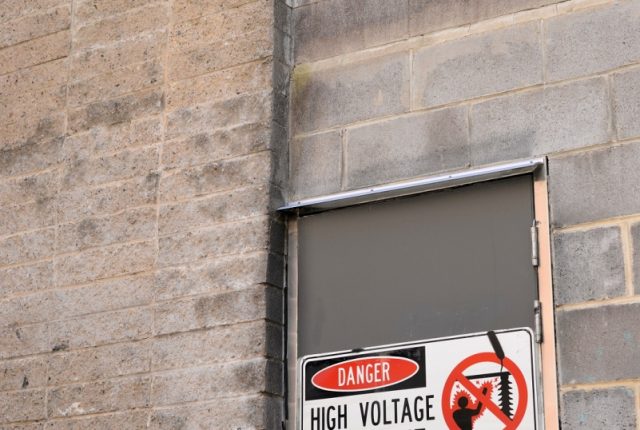How effective are bollards at keeping people safe?

Keeping pedestrians safe from motor vehicles has never been more important. Recent incidents where cars and trucks have hit people near buildings highlight the potential danger, which may or may not be terror-related. The risk of such incidents, whether accidental or intentional, is greater than ever. How effective are bollards at keeping people safe?
Read More »How does location influence your security risk?

It’s not hard to see the importance of location when it comes to security risk.
A property’s location will influence factors such as how people approach it, what type of crime it is at risk of and whether those risks are constant or variable. After analysing all our security risk assessments over the past two years, we found that location plays a big role in a property’s level of risk.
Read More »Why we are changing security risk management

Last July, an existing client engaged us to design the security system for a building that was under construction. It is part of a property where we conducted a security risk assessment a few years earlier. The client was surprised when we asked to sit down with him to revisit the risk assessment process. “Why do you need to do that,” he asked? “Nothing has changed”. In fact, a lot had changed. And this is the reason we are changing the way security risk management is practised.
Read More »A terror threat should now be expected in Australia

Terrorist attacks should now be expected in Australia. Are you prepared? Many organisations are not and lack the right security staff. Where to from here?
Read More »The 5 key elements in security risk management (which are often ignored)

Communicating clearly and decisively to all building occupants during a security incident is critical. Are you doing it right?
Read More »Why your security strategy should not rely on CCTV

Despite increased functionality and higher resolution, CCTV is still not achieving the one thing its proponents have always claimed that it can – improve the security of the premises where it is used.
I know it is a big statement and there are always exceptions to the rule, but crime still occurs on premises where CCTV is installed. It happens regularly and from where I sit, things are not going to change anytime soon. This is why.
Read More »Should ‘gut feeling’ play a role in security risk assessments?

Should ‘gut feeling’ be part of security assessment? The tragic events in Melbourne’s Bourke Street last month highlighted the difficult choices we face when an extremely rare but high-impact event has devastating consequences. In our industry, evidence based reporting is a key component of security risk management. This means that unless we can find evidence of a threat and can link that threat to a vulnerability, there is no risk. That’s the theory, but does it work? Should instinct play a role?
Read More »What commercial property owners need to know about Terrorism

Luke Percy-Dove talks to Sourceable about the things property owners need to consider when evaluating the risk of terrorism and the potential impact it can have on a business. Read Here
Read More »There’s much more to electronic security than CCTV

It’s easy to forget that video surveillance is only part of the security manager’s operational matrix – without the support of additional systems and effective procedures, CCTV cameras are reduced to the role of investigative tools – useful but not able to inform security staff in real time, writes Luke Percy-Dove for the July edition of the Security & Electronics Network Magazine.
Read More »Start with the outside and work in

Another series of security risk assessments have been completed across the country and the inconsistencies in major building security are easier to spot than ever. In part, this is because the shortcomings that many commercial properties have with security are relatively consistent. It is also because the commercial property sector in general is not adjusting to the changing risk profile of the local and global environments and the types of risks that need to be considered.
Read More »

